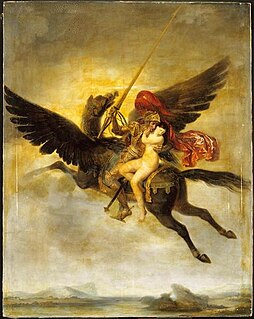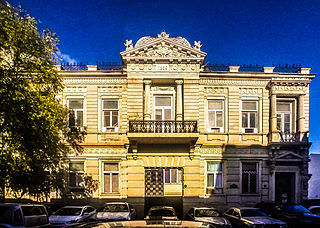 W
WThe griffin, griffon, or gryphon is a legendary creature with the body, tail, and back legs of a lion; the head and wings of an eagle; and sometimes an eagle's talons as its front feet. Because the lion was traditionally considered the king of the beasts, and the eagle the king of the birds, by the Middle Ages, the griffin was thought to be an especially powerful and majestic creature. Since classical antiquity, griffins were known for guarding treasures and priceless possessions.
 W
WAcacia Griffins are public artworks by American sculptor Edmond Amateis, located at the Acacia Building at 51 Louisiana Avenue N.W., in Washington, D.C., United States.
 W
WAnqa, also spelled 'Anqa' , or Anka, or Anqa Mughrib or Anqa al-Mughrib is a large mysterious or fabulous female bird in Arabian mythology. She is said to fly far away and only appear once in ages. However, it is also said that she can be found at "the place of the setting of the sun".
 W
WThe Gryphon is a fictional character devised by Lewis Carroll in the popular 1865 book Alice's Adventures in Wonderland. True to the conventional view of a griffin, he has the head, talons, and wings of an eagle and the body of a lion.
 W
WThe hippogriff, or sometimes spelled hippogryph, is a legendary creature with the front half of an eagle and the hind half of a horse.
 W
WHouse with griffins is a two-storey mansion erected according to the order of B. Lazerev in 1894–1896, based on the project of the architect Iohann Wilhelmovich Edel, located at 20 Yusif Mammadaliyev Street, Baku.
 W
WThe James W. Barney Pickaweekee Story Grove features a series of six bronze sculptures by Jack Greaves, installed in Columbus, Ohio's Battelle Riverfront Park, in the United States. The artworks were completed in 1992 for the Christopher Columbus Quincentenary Jubilee celebrations. The grove is named after Jim Barney, who served as director of the Columbus Recreation and Parks Department, and the sculptures were relocated to their current location in 2015.
 W
WThe Pisa Griffin is a large bronze sculpture of a griffin, a mythical beast, that has remained in Pisa, Italy since the Middle Ages despite its Islamic origin, specifically 11th century Al-Andalus. The Pisa Griffin is the largest medieval Islamic metal sculpture known, standing over three feet tall. It has been described as the "most famous as well as the most beautiful and monumental example" of a tradition of zoomorphic bronzes in Islamic art. The griffin is now in the Museo dell'Opera del Duomo, Pisa. The griffin seems at first a historical anomaly given its elusive origin and multiplicity of possible uses, including a fountainhead or musical instrument. However, its possible origin can be approximated by comparing it to similar sculptures of its time, namely the animalistic sculptures and fountains of Al-Andalusian palatial settlements. Furthermore, the griffin may share a similar method of construction, and therefore origin, as the Al-Andalusian fountainheads based on the metallic contents of its bronze alloy.